As a first-time mum, motherhood can be a labyrinth of well-meaning advice and anecdote. There is so much information out there and much of it is simply picking and choosing what resonates and what is personal preference. However, when it comes to safe sleeping, we need to be well-informed. The lines here are not blurry and, as research has shown us over the years, there are guidelines that help us keep babies safe. Let’s take a look.
What is SUDI or SIDS?
Sudden Unexpected Deaths in Infancy (SUDI), also includes Sudden Infant Death Syndrome (SIDS). It is when a baby dies unexpectedly and for no obvious reason. SUDI and SIDS and fatal sleeping accidents share some common risk factors.
The following risk factors have been associated with almost all SUDI-related infant deaths:
- Baby sleeping on soft surfaces (soft mattress, pillow, lambswool, waterbed, sofa), with or without a parent present.
- Baby Sleeping on her side or her tummy.
- Baby accidentally suffocating and overheating.
- Smoking of mother during pregnancy and after birth.
Thankfully, in recognizing these risk factors, over more recent years, SIDS deaths have been decreasing worldwide. This decrease in deaths has been attributed directly to the safe sleeping practices that have been identified and promoted around the world.
So, here are the safe sleeping practices, along with some other suggestions you might like to consider for your baby’s well-being.
1. Put your baby to sleep on her back
This is the safest position for your baby to sleep in and is imperative for at least the first 4-6 months (whilst baby doesn’t roll). Even after baby can move around the cot by herself, always place her to sleep on her back and she will find her own comfortable position from here.
There is a common suggestion that if your bub experiences reflux, that this doesn’t count for you, but it does! Jeanine Young, Nursing Director, Royal Children’s Hospital Brisbane says that sleeping your baby on their back does not increase the risk of breathing in or choking on their milk or vomit, if they are healthy ‘normal’ babies.
Parents of some infants with a rare medical condition may be advised by their doctor to sleep them on their left side or tummy, but only do so if your infant’s doctor advises you in writing.
2. Use a firm, well-fitted mattress
Make sure the mattress leaves no gaps between it and the edges of the cot.
Perhaps consider the following also:
- As well as being required to be firm and fitted, select a mattress that is designed, understanding childhood allergies. Not specifically a SUDI issue, but a good one to consider whilst you’re at it. Anti-bacterial and dust mite resistant products with materials that help with dehydrated skin, are beneficial for baby.
- Also, consider a mattress that offers breathable foam and absorbent pores, to keep baby dry.
- A mattress that is temperature regulating and carries no harmful chemicals - and passes REACH SVHC standards, is also preferable.
3. Ensure baby’s bedding doesn’t cover her head
Put your baby down the furthest end of the bed, so her feet touch the base of it. Tuck in the bed sheets securely, so they can’t cover baby’s head. Better yet, use a safe baby sleeping bag, to avoid any complications. Look for one with a fitted neck hole and armholes, that also reduces the likelihood of baby slipping down under it.
4. Dress your baby in clothing that won't over-heat her
Overheating is a risk factor. Bub should be warm, but their hands and feet may be cool - this is normal.
5. Place baby to sleep on a cot that meets current safety standards.


These should be clearly labeled, as such. In all likelihood, the one you slept in as a babe, although a beautiful idea(!), won't cut it for best sleep practices today. Avoid make-shift sleep surfaces too as baby can easily slip down between crevices on sofas and their breathing can be compromised by cushions.
6. Don’t smoke
Smoking during pregnancy increases the risk of SUDI. The relationship between SUDI and smoking is even strong when parents smoke away from their baby. Call the Quitline: 137 848.
7. Share a room
It’s suggested rooming in with bub for the first 6-12 months, can be a preventative to SUDI. You’ll discover just how noisy babies are!
8. Breastfeed, if possible
Research states that breastfeeding alone can reduce the risk of SUDI by 50%. Staggering. But breastfeeding doesn’t negate the need to follow safe sleeping practices. Practice away…
9. Avoid the ‘cute’ toys and bumpers and junk
These just offer suffocation, folks. Ditch them.
10. If your baby sleeps else-where, make sure her alternate carers know how to care for her SUDI risk-free
You might know safe sleep practices, but don’t assume others do. Take a look at where and how your baby will have her sleep, in these instances.
Mum, you’ve got enough on your plate. SUDI is all of our worst nightmares. Minimise the risks and let yourself(!) and baby sleep easy.




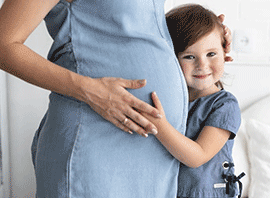
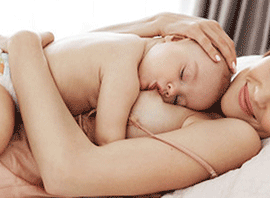
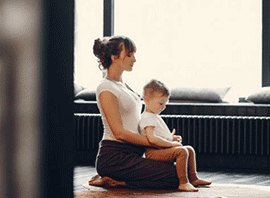
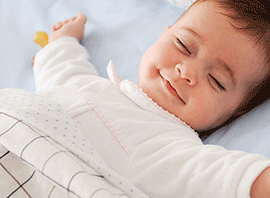













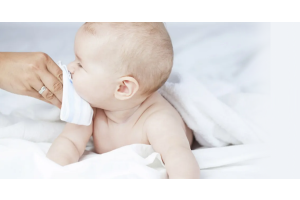
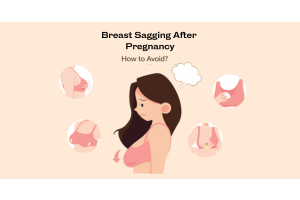
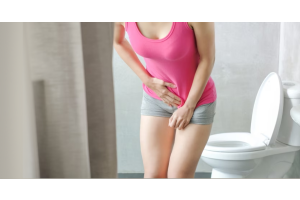
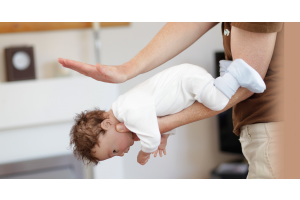
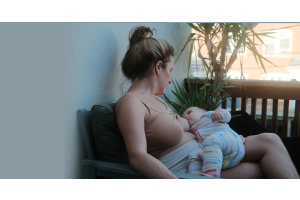
Validate your login
Sign In
Create New Account